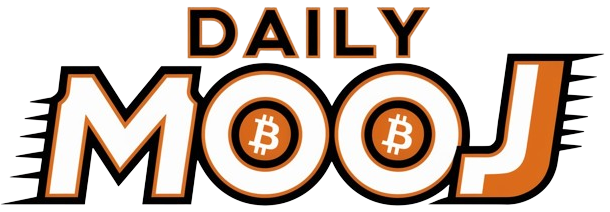Picture supply: Getty Photos
Eli Lilly (NYSE: LLY) has been one of many standout shares within the S&P 500 lately. It’s up 597% in 5 years and a whopping 1,090% over the previous decade. That’s mightily spectacular for a mature pharma agency.
Prior to now couple of years, the corporate’s upwards trajectory was given a turbo-boost by its blockbuster GLP-1 medication Mounjaro and Zepbound. The latter was permitted late final yr particularly for weight reduction, which is a market that’s anticipated to drive large gross sales lengthy into the longer term.
Right this moment (30 October), nonetheless, the Eli Lilly share worth slumped 13% after the corporate’s third-quarter outcomes upset Wall Avenue. This uncommon stumble leaves me questioning if I ought to decide up some shares whereas they’re down.
What occurred
Heading into the quarter, analysts anticipated $12.1bn in income and adjusted earnings per share (EPS) of $1.47. However the firm reported income of $11.4bn and adjusted EPS of $1.18. So there was an earnings miss and the agency lowered its full-year EPS steerage, to $13.02-$13.52 from $16.10-$16.60.
Nonetheless, the quarter didn’t look dangerous to me. Removed from it. Income elevated 20% yr on yr, pushed by progress from Mounjaro and Zepbound. Excluding $1.42bn in Q3 2023 from the sale of rights for its olanzapine (antipsychotics) portfolio, income surged 42%!
Outdoors of weight-loss medication, there was spectacular 17% income progress in oncology, immunology, and neuroscience. This was a really robust quarter, regardless of what the share worth drop may counsel.
Increasing markets
Eli Lilly’s market cap is now $748bn, which makes it one of many largest corporations on the planet. But when the likes of Apple, Amazon, and Microsoft have taught us something, it’s that the already huge can keep it up getting greater, so long as they preserve discovering new avenues of progress.
On this regard, I’m bullish on the corporate’s prospects. Based on Morgan Stanley, the worldwide marketplace for blockbuster weight problems medication may enhance by greater than 15-fold by 2030. This is because of them probably spreading past weight reduction to deal with a spread of illnesses.
For instance, early analysis means that these GLP-1 medication might have neuroprotective results and will probably gradual the development of Alzheimer’s illness. Additionally they reportedly cut back alcohol consumption, so may probably deal with dependancy.
After all, it’s early days to know any of this for certain. And there might be some damaging long-term results with these weight-loss medication that we don’t find out about. That’s a key danger, as is competitors from market chief Novo Nordisk, the maker of Wegovy and Ozempic.
Additionally, on account of excessive demand and provide shortages, there are a great deal of cheaper knock-offs floating about.
Ought to I rebuy?
I owned Eli Lilly inventory some time again. Nevertheless, I offered after it doubled in a yr and the price-to-earnings (P/E) a number of went nicely above 100.
At the moment although, the ahead P/E ratio right here is 37, falling to 24 by 2027. For a corporation with such a powerful place in a number of large progress markets — it additionally not too long ago acquired an Alzheimer’s drug, donanemab, permitted — I don’t assume that’s outrageous.
Trying forward, I reckon Eli Lilly seems prone to turn into the primary $1trn drug firm. I’ve put the inventory again on my watchlist, with an eye fixed to reinvesting sooner or later.

